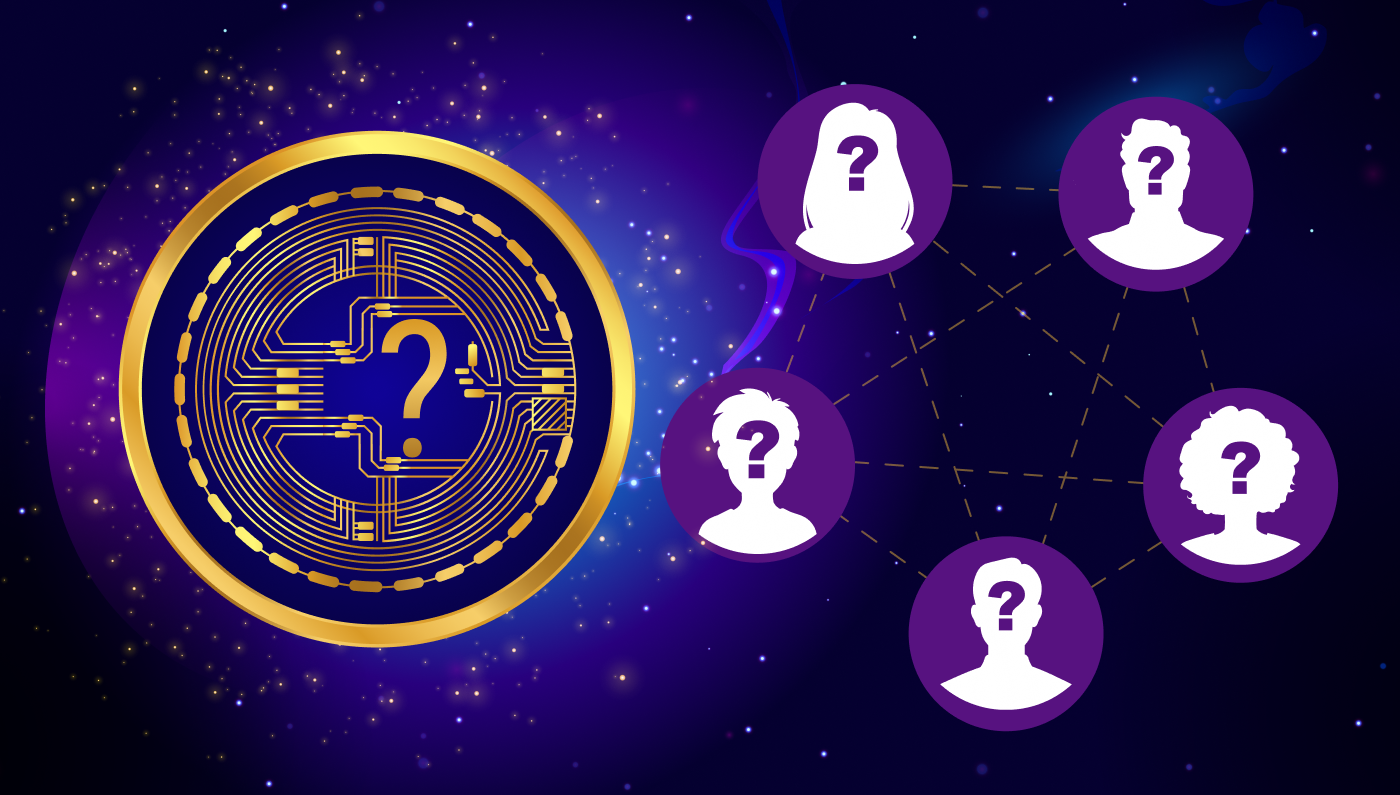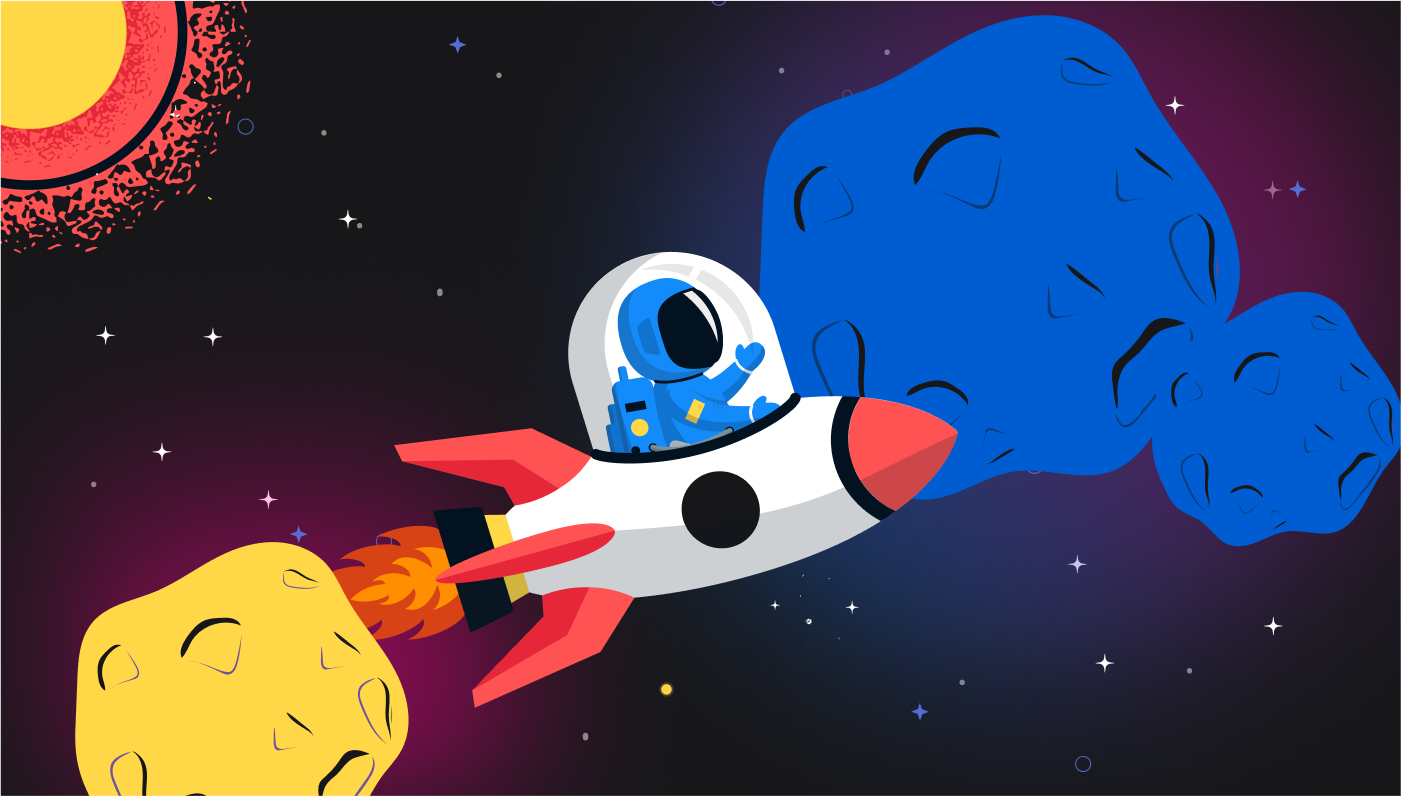
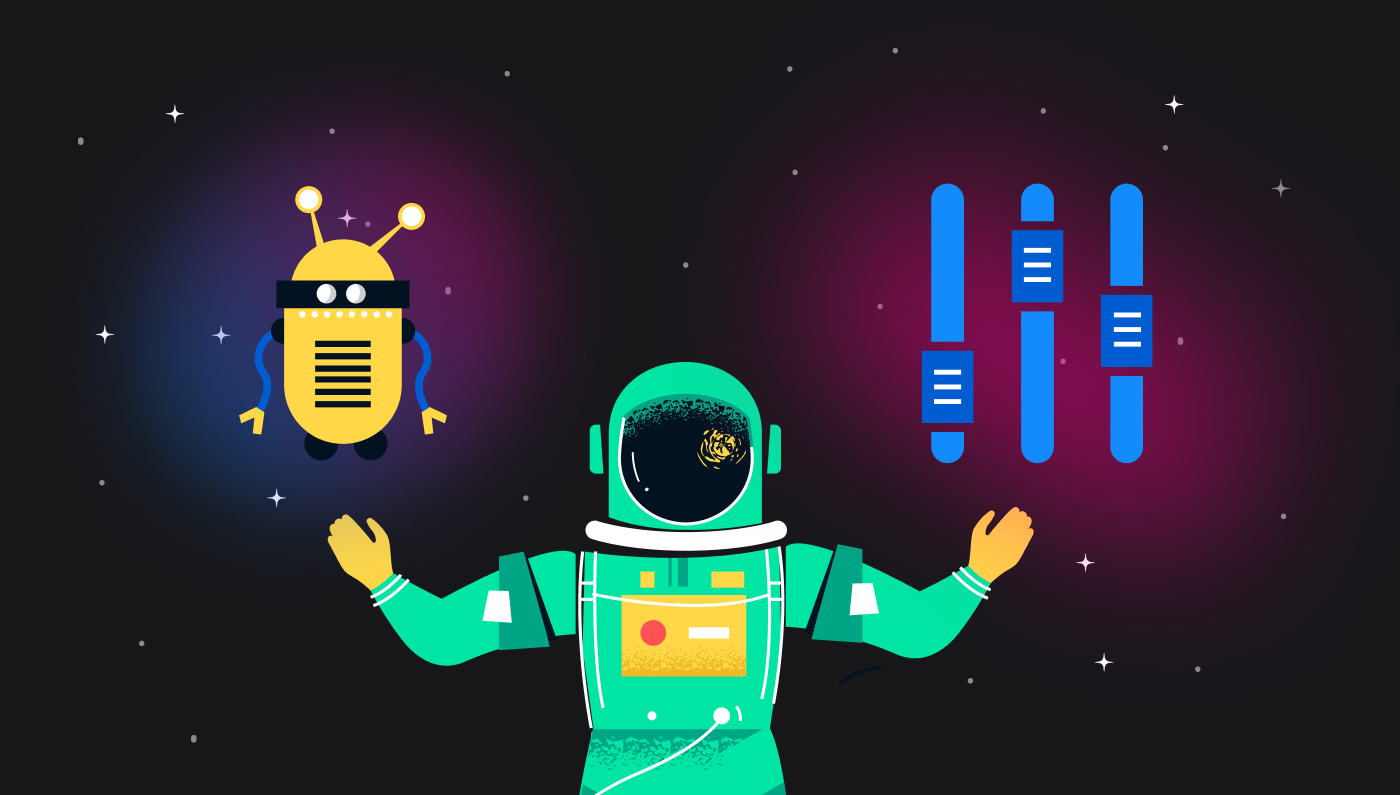
Is Manual Trading a Thing of the Past?
With the rapid growth of algorithmic trading bots, the question arises of whether manual trading is now a thing of the past, being unable to match the speed and efficiency of automated systems.
Algorithmic trading bots use computer programs to buy and sell financial securities when specific pre-determined conditions are met. The rules triggering automated trading activity are based on technical analysis and and a variety of market data sources.
So, how much of current trading is actually dominated by bots? According to the latest Mordor Intelligence research, the volume of stock market bot trading is growing at a CAGR of 11.23% between 2021 and 2026, with equities likely to contribute $8.61 billion to the algo trading market share in 2027.
Why Is Algo Trading Experiencing Such Rapid Growth?
One of the main reasons for the growth in algo trading is that it is far faster and more efficient than manual trading, enabling a huge volume of trades to be executed in a short period. Additionally, decisions are based solely on data and analytics, without being influenced by greed or fear.

What Are Common Trading Bot Applications?
There are a variety of applications for trading bots, such as market making, a situation where algo traders provide market liquidity, maintaining price stability and ensuring that an asset always has buyers and sellers.
Another common bot application is arbitrage, which exploits temporary price disparities across different markets. For example, an algorithmic trading system has the capacity to monitor hundreds of digital assets across multiple crypto exchanges simultaneously to identify and take advantage of price differences, buying wherever the price is lowest and then selling wherever the price is highest for a profit.
In addition, there is high-frequency trading, where an algo trading system uses powerful hardware and software, exploiting its exceptional speed to perform a vast number of trades in a matter of seconds. then there is also another application of trading bots, quantitative analysis, which utilizes mathematical models to identify patterns and determine trading decisions.
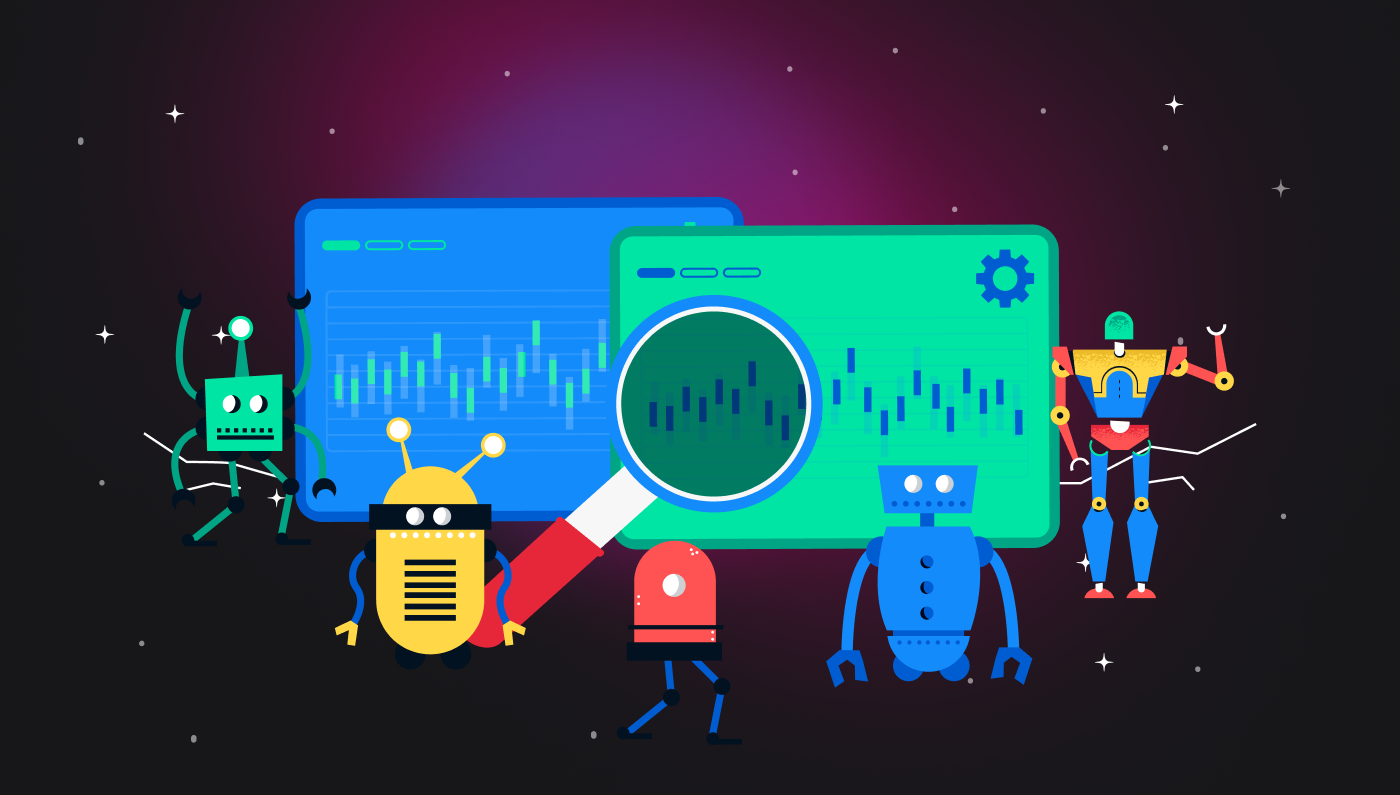
How Are Developments in AI Impacting Algo Trading?
The speed of the global transition from manual to algorithmic trading is in large part due to the rise in artificial intelligence. AI technology has become an essential tool for financial institutions and increasingly also for individual investors. Itis is used for developing strategies, managing risk, and detecting security vulnerabilities.
In particular, the increasing sophistication of deep learning neural networks has enabled algorithmic trading systems to learn from every trade they perform and every piece of data they process, improving the accuracy of their predictive capabilities and their overall level of performance.
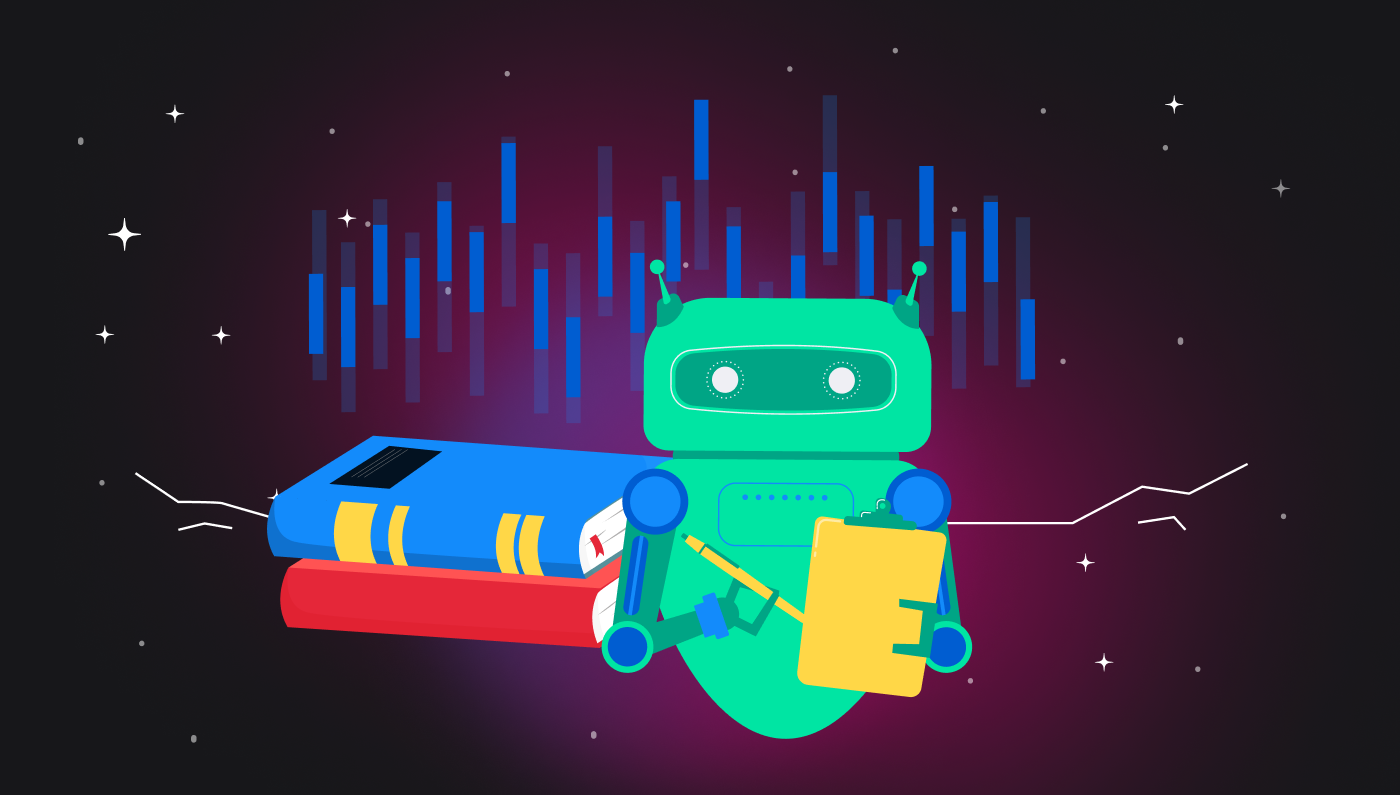
At AiStakes, we offer automated stocks, forex, commodities, and crypto trading via ALGOS, our AI-based algorithmic trading system. ALGOS, which integrates advanced deep learning, AI mathematical models, like GPT-4, with our proprietary algorithms, is able to identify and take advantage of market opportunities, with ever-increasing accuracy. Processing a massive amount of data from a wide variety of structured and unstructured data sources, ALGOS is able to generate consistent passive profits on our clients’ behalf.
If algorithmic trading continues on its current trajectory, gaining popularity year-on-year, manual trading will indeed become a thing of the past, in the not too distant future.
Find out more about algorithmic trading systems and a range of other market-related topics, with the AiStakes blog.





